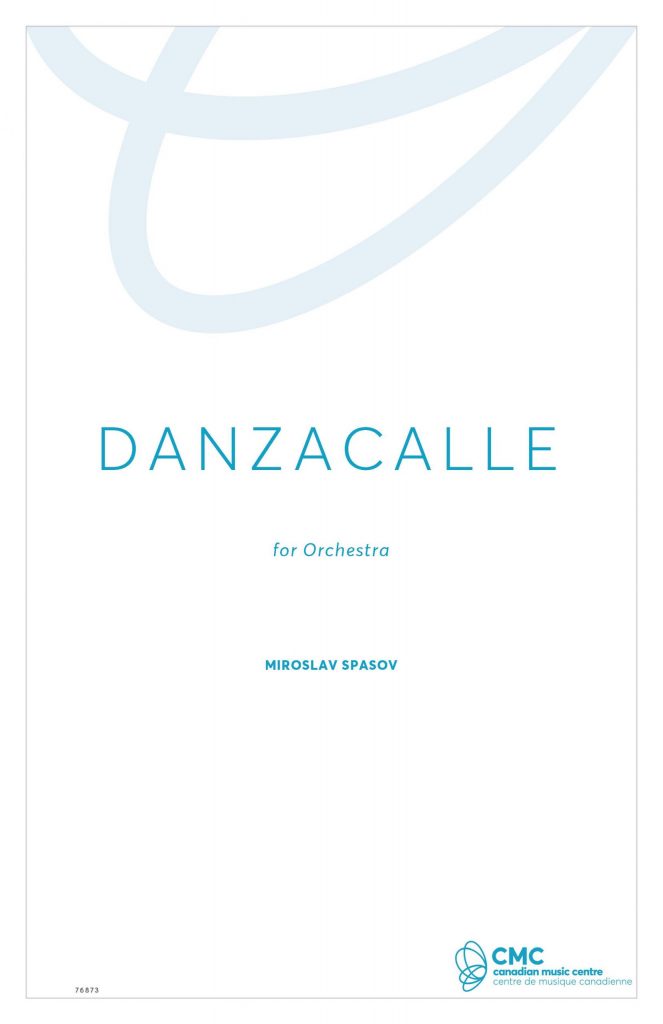The compositional approach in this work can be defined as an amalgamation of musical material based on Macedonian folk dances, which provide the main impulse for movement and growth, and harmony/timbre–based textures. These harmony/timbre variation is realised by a superposition of pitches, treated as ‘partials’, their relative onsets, amplitude envelopes and density. For example, a predominantly homophonic texture consisting of harmonic intervals, octave doublings, diatonic chords, and repetitive rhythm results in a consonant sound. A texture with a number of superimposed melodic lines, consisting of chords made of inharmonic ‘partials’, generates a rough and harmonically saturated sound. This process is analogous to the physical characteristic of the sound spectrum itself, which is also articulated through the orchestration of this work. Thus, the timbre of the orchestra complements the other aspects of composition, varying by continuous shifting of the instrumentation. For instance, the combination of violins with the piccolo and the flutes is particularly characteristic in chromatically saturated areas, in which fragments of the sound spectrum are either juxtaposed or blended. In general the piece is characterised by very dense harmonic rhythm and swift passages resembling sonic gestures in electroacoustic music that continuously oscillate between harmony and timbre and its texture varies between homo-rhythm to a counterpoint of three or four ‘voices’.
(3rd Prize and Commission at the ‘Concours for New Music Compositions’ organised by the Ministry of Culture of Republic of Macedonia in 2014-2015

